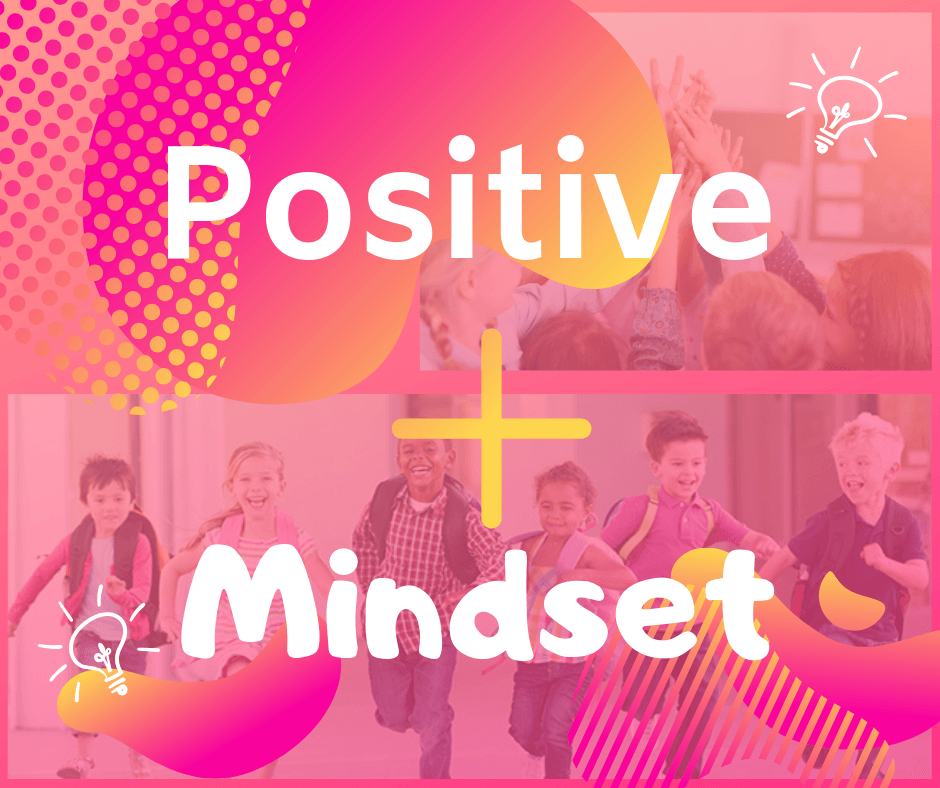Blog

When parents are meaningfully involved in their children's education, children achieve at a higher level and have a more positive attitudes toward school. The following are ways in which parents can help to motivate students to increase achievement: Model lifelong learning. Show an ongoing interest in learning new things, making new discoveries and exploring new topics. Encourage motivation from the inside out . Tap into your child's interests and passions and try to connect them to what he or she is learning in school. Don't "pay" your child to learn with money, rewards or excessive praise: that's motivation from the outside in . Clearly communicate to your children that you value learning--that you think school is important, and you want them to take it seriously. Encourage your children to do their best at school, but don't expect perfection and leave room for mistakes. Learn along with your children. Go someplace new together and explore. Read the same books and discuss with them afterward or take turns choosing books for everyone to read. Brainstorm a list of questions you're all curious about, then visit the library to find the answers. Be generous with affection and praise. Talk with and listen to your child. Encourage a healthy lifestyle and instill self-confidence.

When my youngest child, Rianna, was little, my son Joseph had some friends over, just hanging out and playing. The boys were about 8 at the time. They were playing loudly and acting up and just being boys. Rianna had had enough. She hollered, “Would you guys stop, you’re frustrating me?!” Michael, my son’s friend, started laughing and said, “How old is she?” She was two. From the beginning, Rianna has been a great communicator and a little woman who knows her own mind. She knows what she needs and what she wants and I give credit to the hours we, (my wife Millie and I) have devoted to her language skills and simply listening to her. I have always thought it is best to give children, no matter how small, the tools and language we use. They will become as precise as we let them be. It might seem odd that a two-year-old would use the word “frustrating” but that is just what she was…frustrated! She might have also been annoyed, or borderline angry, but mostly she was frustrated, and she had the word to describe the feeling. And more than that, she felt comfortable going in to a pack of big boys and telling them her feelings . That is communication. She needs, as all children do, to interact with the people in her family, verbally, every day. The simple act of speaking, talking, listening and learning can be done while you are picking them up from school or day care, helping them off with their boots, or getting ready for the family’s dinner. You might be thinking, “Well, of course, I speak with my kids every day,” but how is the in-depth listening, interacting and learning part going? Are you as sure as you can be that your child will continue talking to you into their tweens, teens and beyond? If we, as parents, take the time to truly listen to our children, the relationship grows deep roots, strengthening the bond to us and the earth. The following are strategies parents can use to build a strong relationship with their children: 1. Be available whenever and wherever your child wants to talk. What if you're in the middle of something? Arrange a time when you can talk-soon. 2. When your child talks, really listen. Accept the fact that you won't agree on everything. Never label a child's opinions, beliefs, feelings, or experiences "silly", "stupid", "childish", or "wrong." 3. Ask your child every day about what they are doing and thinking. Tell them about your day, too. Form the habit of frequent conversation. 4. Spend at least one hour a week with your child. Whenever possible, spend a whole day together. Your child will cherish these special times. 5. The fewer topics you declare "off limits", the more your child will talk with you. If you don't know the answer to a question, help your child to find it. 6. Be willing to talk in a place that's comfortable for your child. Remember that some children have a hard time sitting still. Don't insist that they "settle down" before you can talk. 7. Ask your child's opinion or advice about something important. 8. Have family dinners now anad then during which conversation focuses on one topic. Brainstorm as a family things you might talk about, then rotate whose turn it is to pick the topic.

“There is something different about this school,” I thought to myself, as I strolled through the busy hallways of a middle Tennessee elementary school, “something that’s actually working.” I was there to meet with the principal and to discuss a series of workshops geared towards parents and staff, but on this late November day I was surprised and encouraged by the atmosphere in the building. I did my research beforehand: Title 1 school, a diverse demographic, and while their test scores had been flat for the past seven years they had experienced three years of dramatic growth in student achievement. I needed to know what they were doing right. It’s been a year now since I began providing my consultant services to this school and in that time I’ve gotten to know this community and have understood why they’re succeeding in student achievement. The school has embraced parents and the community as partners in their students’ education. It’s been a joy working with these educational leaders and I want to share five strategies that can be applied to any school. Parents are Welcomed and Valued It starts with a simple smile; welcoming parents as they enter the school can go far. Office staff at this school learned parent’s names and how they like to be addressed, i.e. Mr., Mrs., first name, etc. The principal shows a sincere interest in parent’s opinions and their families. Most parents only occasionally interact with the principal and office staff, but at this school they made sure that at least 90 percent of their encounters with parents are positive, warm and friendly. These impressions left from fleeting encounters in the hallway are long lasting. The principal makes sure to thank parents both privately and publicly, via newsletters, assemblies and during the “Coffee Talk Time” she holds once a month with parents. This is a time when parents have the opportunity to share a teaching strategy and fun ways they connect with their children at home. Teachers See Parents as Partners Teachers recognize that they are the expert in the subjects they teach and that parents are the experts about their children. Parents know how their children learn, what they like or dislike and how to best motivate them. The teachers start with a positive phone call home the first week of school to have a conversation with their students’ parents. They make sure to identify one positive thing to share about the student when calling. These calls are more than a quick “Hello, I’m your child’s teacher and look forward to a good year.” They really take time with each parent. They have a true positive conversation. They learn what special skills each parent has and then invite them to use these skills in the classroom. This takes a lot of effort the first week of school, however it pays off the rest of the year. Positive School Environment The school and community take pride in their campus. They have monthly school improvement days. Parents are part of making it their own. They organize teams of community volunteers for a workday the first Saturday of the month. It is the parents that motivate staff and other parents to join in. There is a big picture on what parents want their school to look like and committees were formed to tackle the job. The PTA officials work with district personnel to make sure all of their creative plans are approved. Training Parents want to help their children to be successful academically and in life. However, most times they feel inadequate. I was given the opportunity to provide our parent workshops in which we gave parents the tools to become “Educational Leaders” at home. It was rewarding to see the eagerness of parents to learn. We introduced strategies and they committed to practicing them at home. Like everything we learn, if we don’t use it within 30 to 60 days we will most likely never use it. So we made sure they wrote down what they were going to do, and then told someone else at the workshop. So now they were committed and accountable to someone. The school continued to provide ongoing learning ideas to their parents via a newsletter, website, and short one hour workshops once a month. Teachers were also part of this learning. They taught short lessons to their students and gave them the assignment of teaching it to their parents. There were follow-up lessons that parents could use with their children at home. Parents as Educational Leaders The school staff challenges parents not to see themselves as educational overseers, but as educational leaders with a role to play. Parents learn to effectively communicate with their children, develop community with fellow parents, discover strategies on how to partner with teachers equipping and teaching them how to be educational leaders in their own homes. Walking through the classrooms in this middle Tennessee elementary school is always inspiring. The state of the educational system in America doesn’t seem so bleak in a classroom where students are excited to learn and teachers cannot hide their pride, or in a home where parents are eager to work alongside their children in building their educational future. The beauty about this picture is that there is no one thing or advantage about this school that has set it apart; there is nothing stopping any school across the country from pursuing the very same in their own community today. I hope that the story of this school inspires you to adopt these strategies where you are and to make them unique to your own schools and homes.
